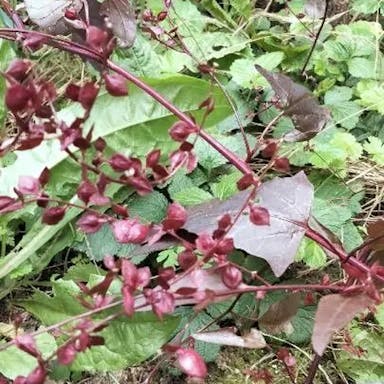Garden orache, scientifically known as Atriplex hortensis, is a plant that belongs to the family Amaranthaceae. It is native to Europe and Asia. The plant is an annual herb. It has leaves that are triangular to diamond-shaped, with margins. The flowers of Atriplex hortensis are small and arranged in clusters called spikes. The fruit of Atriplex hortensis is a small, rounded nutlet that contains a single seed. It is commonly used as a leafy vegetable and is known for its value. Atriplex hortensis is easy to grow and can tolerate soil conditions. It is often grown for its edible leaves, which can be cooked or eaten raw in salads.
0
0











